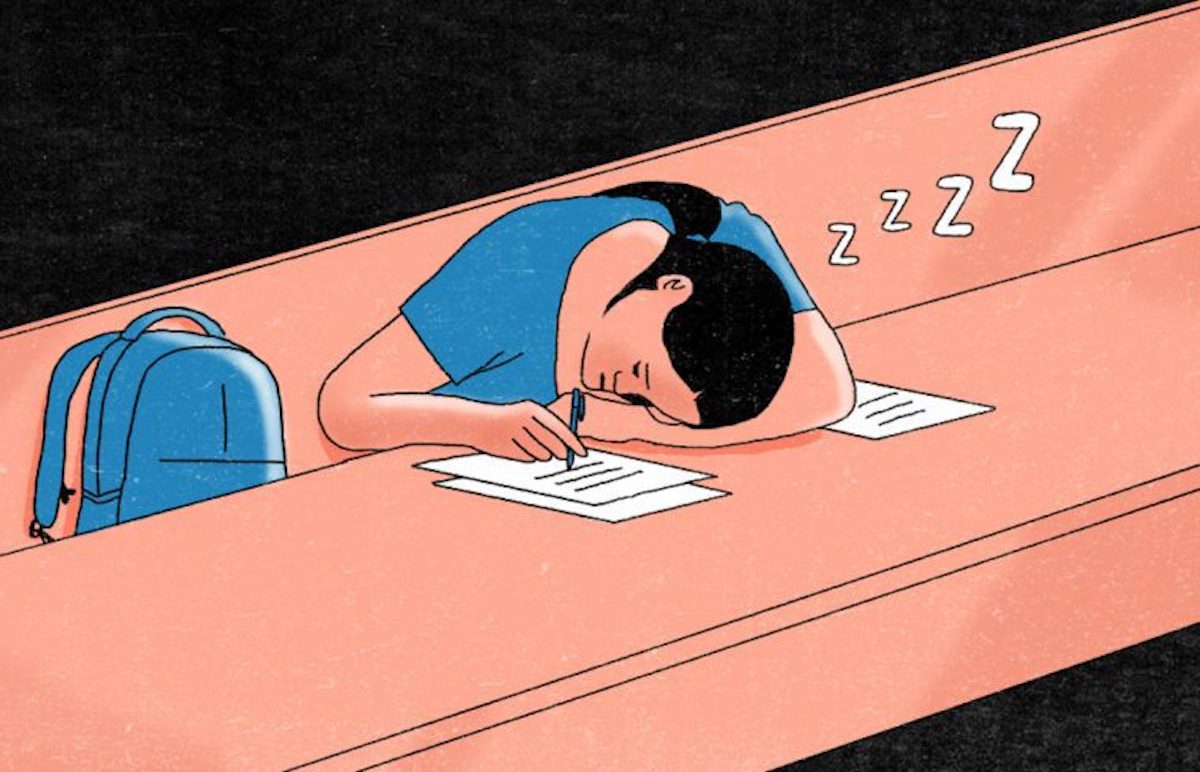Narcolepsy is a chronic sleep disorder. It is characterized by excessive daytime drowsiness and sudden, irresistible episodes of sleep. People with narcolepsy may have difficulty staying awake for long periods, regardless of the circumstances. This can lead to significant disruptions in daily routines. The prevalence of this sleep condition is estimated to be around 1 in 2,000 in the United States and Western Europe, but the disorder may be underdiagnosed, particularly in those with mild symptoms. Although it’s a rare condition, everybody needs to know what this condition entails, how you can recognize it, and what you should do if you suspect you have narcolepsy, as the condition can have serious consequences.

What Is Narcolepsy?
Narcolepsy is a chronic neurological disorder that disrupts the body’s sleep-wake cycle. It is characterized by excessive and uncontrollable daytime sleepiness, as well as the tendency to fall asleep suddenly during any type of activity. In a normal sleep cycle, an individual progresses through the early stages of sleep, followed by deeper stages, and finally rapid eye movement (REM) sleep after about 90 minutes. However, people diagnosed with narcolepsy may enter REM sleep almost immediately upon falling asleep, and sometimes even while they are awake.
Types
There are two types: type 1 and type 2. Type 1, also known as narcolepsy with cataplexy, is characterized by low levels of the brain hormone hypocretin and the presence of cataplexy. Cataplexy means the sudden muscle weakness triggered by strong emotions. This type is diagnosed based on the patient’s report of cataplexy and excessive daytime sleepiness on a specialized nap test. Type 2, also known as narcolepsy without cataplexy, is characterized by excessive daytime sleepiness but does not typically involve muscle weakness triggered by emotions.
Symptoms of Type 2 narcolepsy tend to be less severe and individuals typically have normal levels of hypocretin. In addition to the typical symptoms of narcolepsy, individuals with narcolepsy type 2 may also have severe neurological problems and sleep for extended periods (more than 10 hours) each night. Continue reading on the next page and find out how you can recognize if you’re suffering from this sleeping condition.

